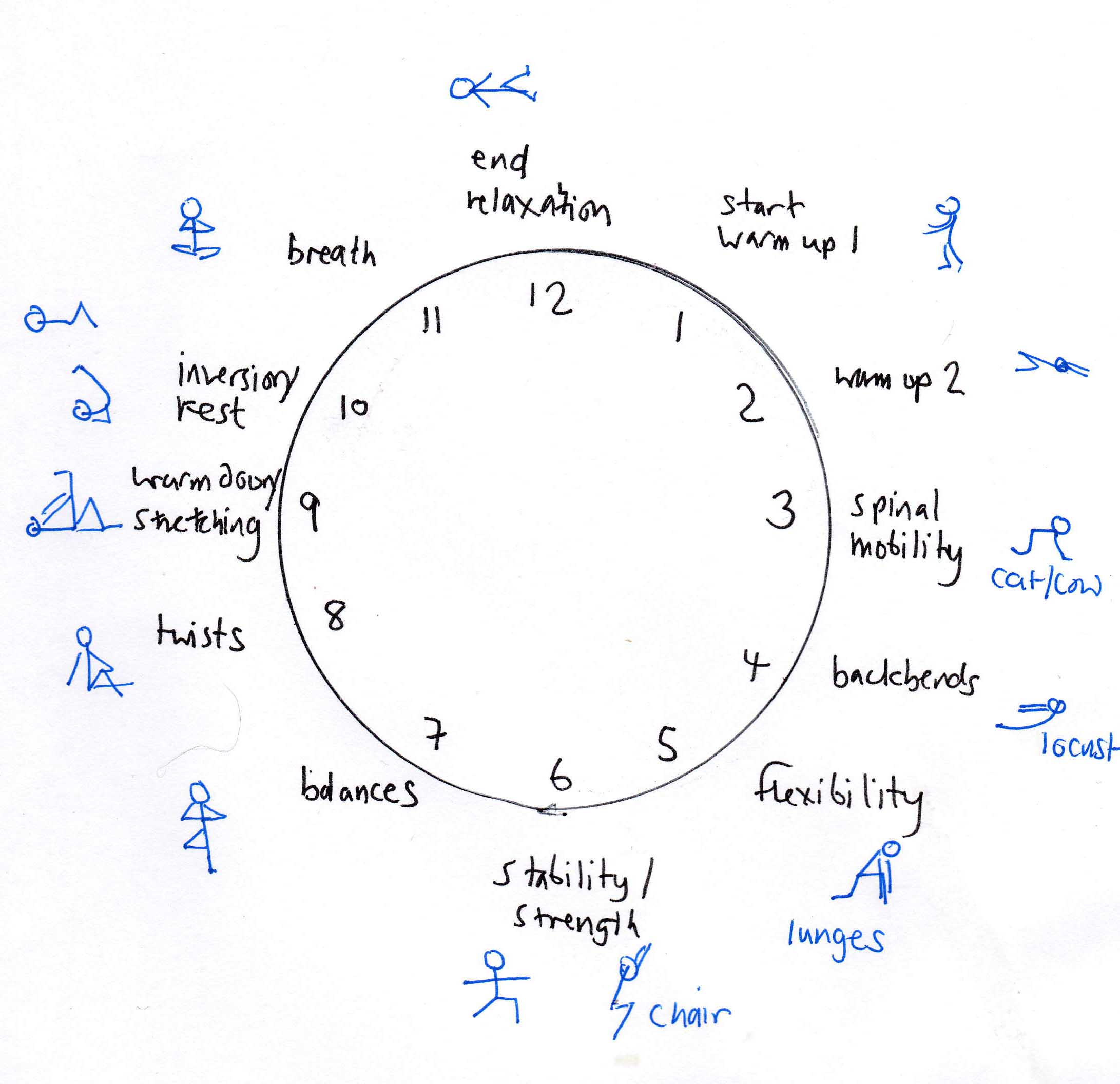Published: May 8, 2015 by Lucy Tennyson
Yoga can ask a lot of our knees. After a day of sitting, we can suddenly demand that they bend to take us to the floor, and fold into cross legged. Or, more extremely, into hero pose (virasana) where we kneel and bring the bottom down to the floor - with the ankles stretched back too! Even the so-called resting pose, child, can put great pressure on anyone with injured or sensitive knees.
The benefits
But yoga can be part of the solution, too. If you practise safely, taking care to safeguard your knees through keeping the body in alignment, yoga can guard against injury, help alleviate the symptoms of wear and tear (osteoarthritis) and help rectify muscle weaknesses or imbalance in the knee joint.
Healthy knees
Paying attention to alignment starts from the ground upwards with the feet and ankles. In the poses that ask us to bend the knees – Warrior I for example, check that your knee moves towards the 2nd and 3rd toes, not out or in. Learn to listen to your body: if you feel any kind of pain, stop, and carefully come out of the pose. Use props, such as cushions and blankets, to help you sit or kneel comfortably. Take special care when practising asanas such as gate pose which we tried this week. Like trikonasana (triangle) this is one of a series in yoga that requires hip flexibility, putting the knee under pressure to twist. Always check that your knee is moving in the same direction as the foot, and no further than the toes.
Anatomy
It might help to think about how the joint works. The knee marks the meeting place of three bones: the shinbone (tibia), the thighbone (femur), and the kneecap (patella). Two crescent-shaped pads of cartilage, each called a meniscus, sit between the shinbone and the thighbone and act as cushions between the bones and shock absorbers during movement. Two sets of ligaments—the cruciates and the collaterals—strap all three bones in place. The cruciates crisscross below the kneecap; the collaterals run alongside the outside of the kneecap. The leg’s substantial muscles help these ligaments keep the bones properly aligned.
Good poses to do
Bearing all this in mind, the knee is happiest moving like a hinge joint, as when we walk or cycle. We can improve flexibility through moving into and out of postures, and build strength through balances, but beware the full version of eagle (garudasana) where we bend the knee and as we take weight. Chair pose and squatting help build strength and flexibility. If you are super-flexible (hypermobile), then you need to be careful to keep the knee slightly flexed as you work. This coming week I am planning to look at lunges, a key component of sequences such as Salute to the Sun, and perfectly safe providing you pay attention to how you line up.
